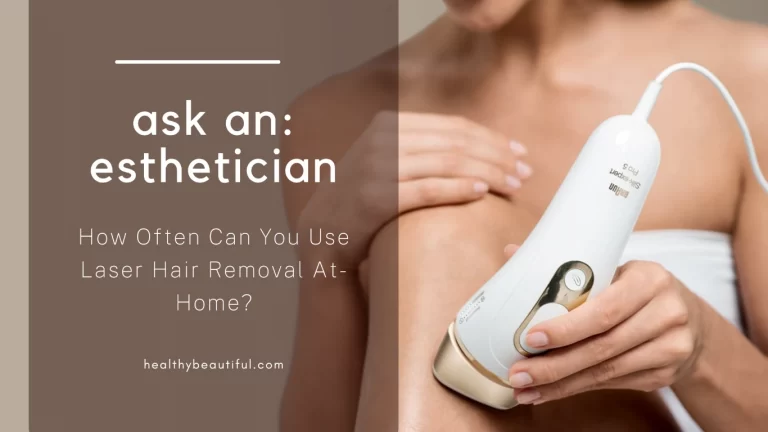Home IPL Frequency Schedules:
Best-Selling Laser Hair Removal Devices
✔️ = One treatment session (Each internal row represents one week a month)
| ViQure EpiPro (Diode Laser) | Tria 4x (Diode Laser) | JOVS Venus Pro (IPL) | Ulike Sapphire Air3 (IPL) | Braun Silk-Expert 5 (IPL) | |
|---|---|---|---|---|---|
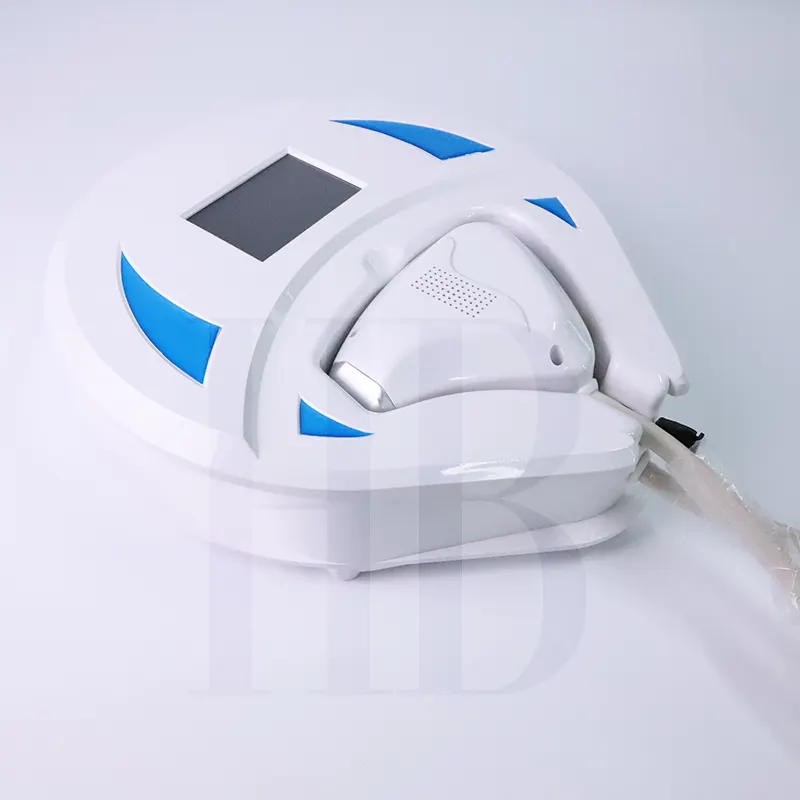 | 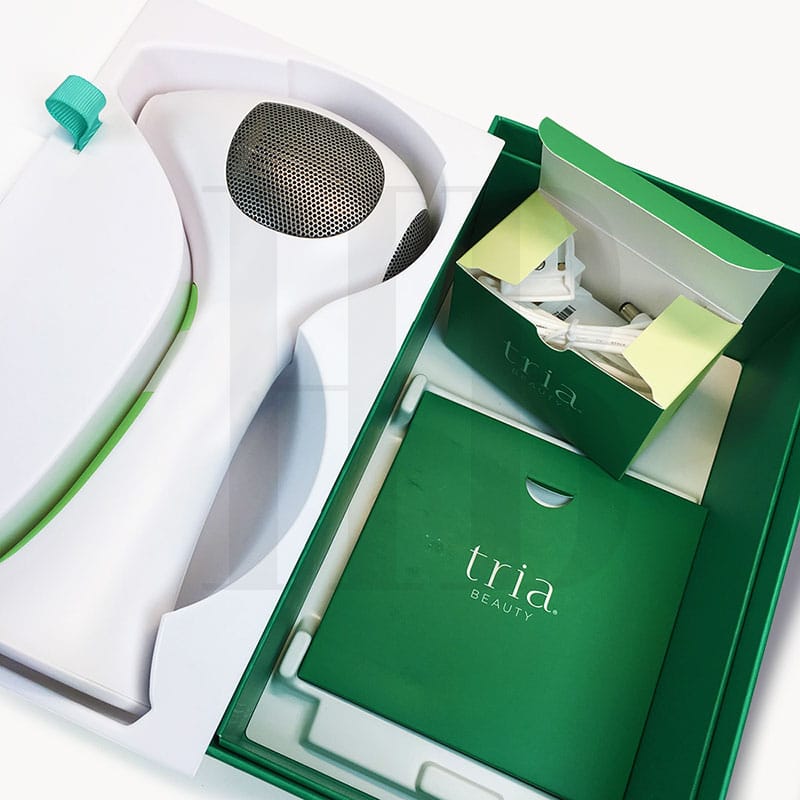 |  |  | 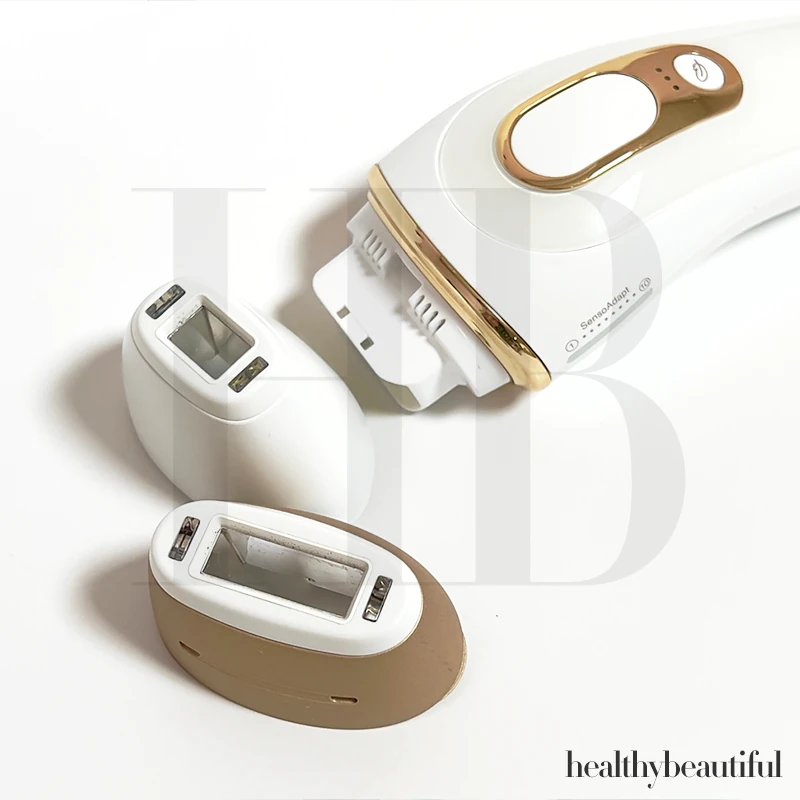 | |
| Once every other week for the first 3-6 months, or until you see permanent results | Every 2 weeks for 3 months or until you are satisfied with the amount of hair reduction | 1st month: Use 3-4x times a week. 2nd month: 2-3x times a week. 3rd month onwards: once or twice a month as necessary. | 1st month: Use 3x times a week. 2nd month: Use 2x a week. 3rd month onwards: Once or twice a month as necessary. | Once a week for 4-12 weeks, then spot treat as needed | |
| Month 1 | ✔️ – ✔️ – | ✔️ – ✔️ – | ✔️✔️✔️✔️ ✔️✔️✔️✔️ ✔️✔️✔️✔️ ✔️✔️✔️✔️ | ✔️✔️✔️ ✔️✔️✔️ ✔️✔️✔️ ✔️✔️✔️ | ✔️ ✔️ ✔️ ✔️ |
| Month 2 | ✔️ – ✔️ – | ✔️ – ✔️ – | ✔️✔️✔️ ✔️✔️✔️ ✔️✔️✔️ ✔️✔️✔️ | ✔️✔️ ✔️✔️ ✔️✔️ ✔️✔️ | ✔️ ✔️ ✔️ ✔️ |
| Month 3 | ✔️ – ✔️ – | ✔️ – ✔️ – | ✔️ – ✔️ – | ✔️ – ✔️ – | ✔️ ✔️ ✔️ ✔️ |
| Month 4 | ✔️ – ✔️ – | ✔️ – – – | ✔️ – – – | ✔️ – – – | ✔️ ✔️ ✔️ ✔️ |
| Month 5 | ✔️ – ✔️ – | ✔️ – – – | ✔️ – – – | ✔️ – – – | ✔️ ✔️ ✔️ ✔️ |
| Month 6 | ✔️ – ✔️ – | ✔️ – – – | ✔️ – – – | ✔️ – – – | ✔️ ✔️ ✔️ ✔️ |
| Read Review | Read Review | Read Review | Read Review | Read Review |

Ask the Expert: How often can you do IPL/at home laser hair removal?
BY SAMANTHA WELCH, ESTHETICIAN
Treatment Plan & Frequency for At-Home Laser Hair Removal
There are always two phases to any laser hair removal treatment:
- Start-up Phase: Most IPL devices recommend once or twice a week for the initial 4-12 weeks, depending on the brand. In contrast, devices using diode laser technology require just monthly treatments.
The goal is to disrupt the hair cycle by targeting your roots repeatedly during their anagen or growth phase. Once done, your hair will be thinner and sparser, and its growth indefinitely delayed.[1]
It’s best to use the highest intensity you can for better results. - Maintenance Phase: Once your normal hair growth has been stunted, your treatments can be monthly or as-needed. If hairs start to grow back, treating them will once again make them dormant.
Different Devices with Different Instructions
IPL devices can differ in various aspects, such as the intensity of light they emit, the recommended treatment schedules, and the safety features they offer.
We've reviewed over 35 at-home laser hair removal devices over the years. The average recommendation for the start-up phase is on a weekly basis.
Doing treatments more than recommended won't expedite results, even with the best-rated IPL hair removal devices.
Your hair will still go through the hair cycle (see below) after your treatments and this takes 1-2 weeks minimum.
Weekly is about as fast as you can go on most devices with minimal risk and without wasting your flashes on already dead hair.
However, you should still defer to your device’s user manual and always use a post-IPL cooling gel to protect your skin.
Every manufacturer conducts extensive testing and research to develop guidelines specific to their device.
It's crucial to adhere to the instructions provided with your IPL device to achieve the best possible results while minimizing the risk of any adverse effects.

Exceptions to the Rule
There are one or two devices that deviate from the norm.
One is the JOVS Venus Pro which recommends 3x a week treatments in the start-up phase.
The JOVS Venus Pro recommends 3x a week treatments in the start-up phase.
– JOVS Venus Pro Hair Removal In-Depth Review: Best for Sensitive Skin
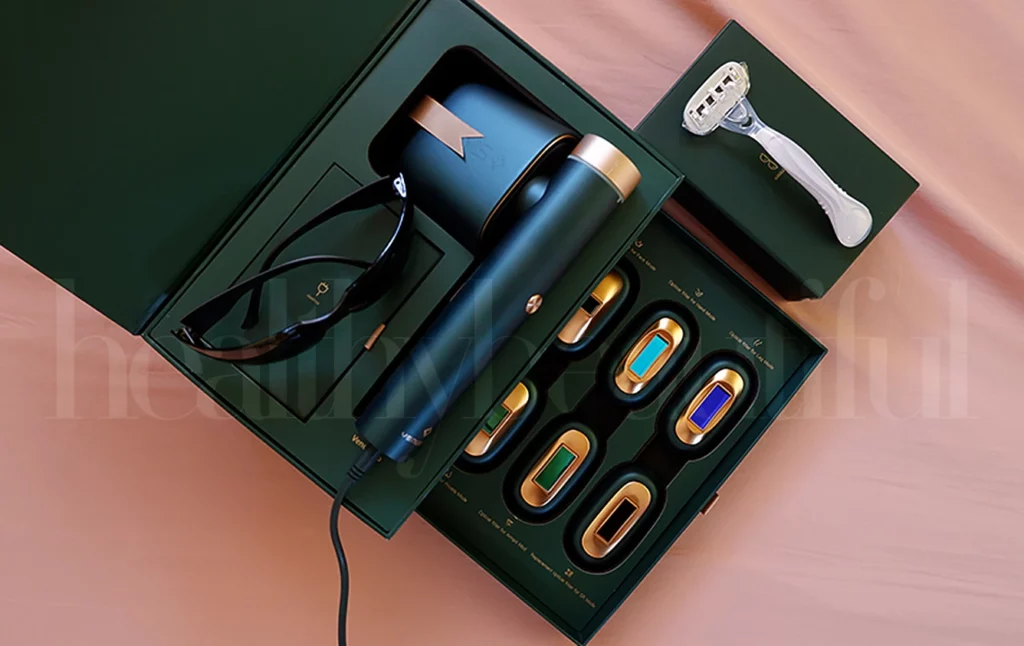
On the opposite end, diode laser devices like the ViQure EpiPro recommends just one monthly session.

The ViQure EpiPro is a diode laser device that requires just one monthly session as opposed to IPL devices that need 1x-3x weekly treatments for an average duration of 3-6 months.
– ViQure Review – Professional 808nm Diode Laser Hair Removal Machine for Home & Salon Use:
Whichever device you decide to get, it’s much more important to keep a consistent, strict schedule to be able to see results.
You want to gradually damage your roots until it’s no longer able to grow hair at a normal pace.
Maintenance Phase
You can delay re-growth anywhere from weeks to months and years.[2]
But you have to remember that hair is very resilient.
Front-loading your treatments and then falling behind schedule can allow your follicle to recover and revert back to growing healthy hair.
You need to consistent treatments until you see your hairs get finer and sparser, before moving on to monthly or as-needed maintenance.
What You Should Know:
The Hair Cycle & Permanent Hair Removal
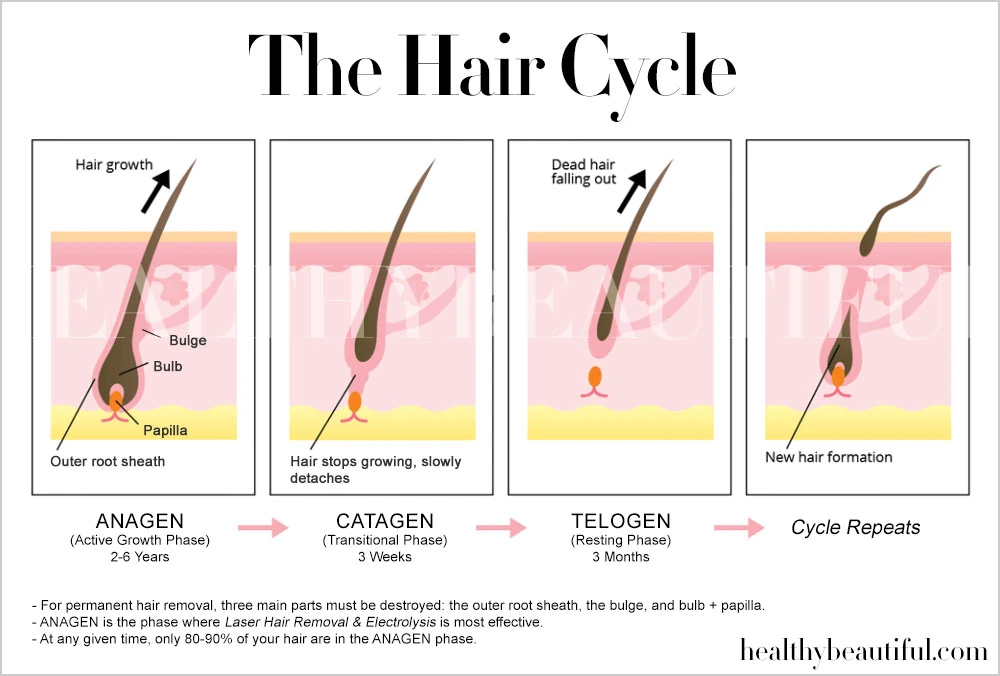
Key Points:
- Hair growth comes in cycles and in different durations based on the body part. This cycle takes anywhere between several weeks to months.
- The goal of every laser hair removal session is to delay this cycle significantly for months to years by slowly damaging your roots.
- Laser hair removal treatments are only effective on hair that’s in the ANAGEN phase. Once you’ve treated a hair follicle in the ANAGEN phase, it will accelerate the hair cycle until the strand dies and falls off on its own.
- This process cannot be hurried by doing IPL more than once a week. Weekly sessions are the fastest that you should re-schedule treatments.
- Doing IPL every day, every other day, and even twice a week runs the risk of damaging your skin or your eyes. You’ll also be wasting your device’s limited flashes.
FAQ:
Frequently Asked Questions
References:
- Roosen, Guido F., et al. “Temporary hair removal by low fluence photoepilation: histological study on biopsies and cultured human hair follicles.” Lasers in Surgery and Medicine: The Official Journal of the American Society for Laser Medicine and Surgery 40.8 (2008): 520-528.
- Trelles, M. A., C. Ash, and G. Town. “Clinical and microscopic evaluation of long‐term (6 months) epilation effects of the ipulse personal home‐use intense pulsed light (IPL) device.” Journal of the European Academy of Dermatology and Venereology 28.2 (2014): 160-168.
- Lee WW, Murdock J, Albini TA, O'brien TP, Levine ML. Ocular damage secondary to intense pulse light therapy to the face. Ophthalmic Plast Reconstr Surg. 2011 Jul-Aug;27(4):263-5. doi: 10.1097/IOP.0b013e31820c6e23. PMID: 21346668.
- Moreno‐Arias, Gerardo A., Camil Castelo‐Branco, and Juan Ferrando. “Side‐effects after IPL photodepilation.” Dermatologic surgery 28.12 (2002): 1131-1134.
- Stangl, Sabine, Ina Hadshiew, and Wolfgang Kimmig. “Side effects and complications using intense pulsed light (IPL) sources.” Medical laser application 23.1 (2008): 15-20.
- Casey, Angela S., and David Goldberg. “Guidelines for laser hair removal.” Journal of Cosmetic and Laser Therapy 10.1 (2008): 24-33.
- Lepselter, J., and M. Elman. “Biological and clinical aspects in laser hair removal.” Journal of Dermatological Treatment 15.2 (2004): 72-83.

